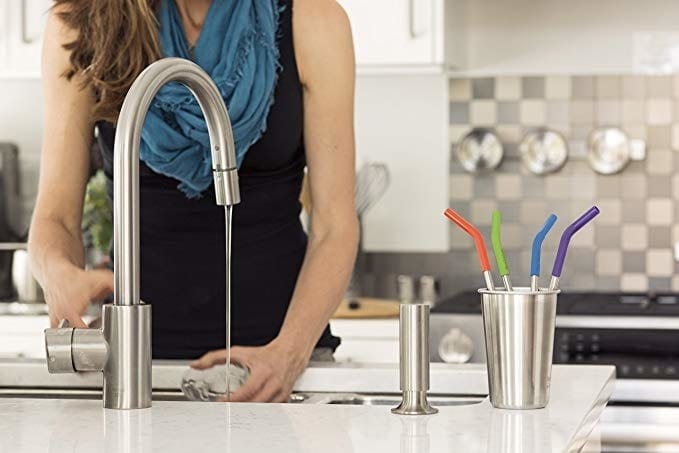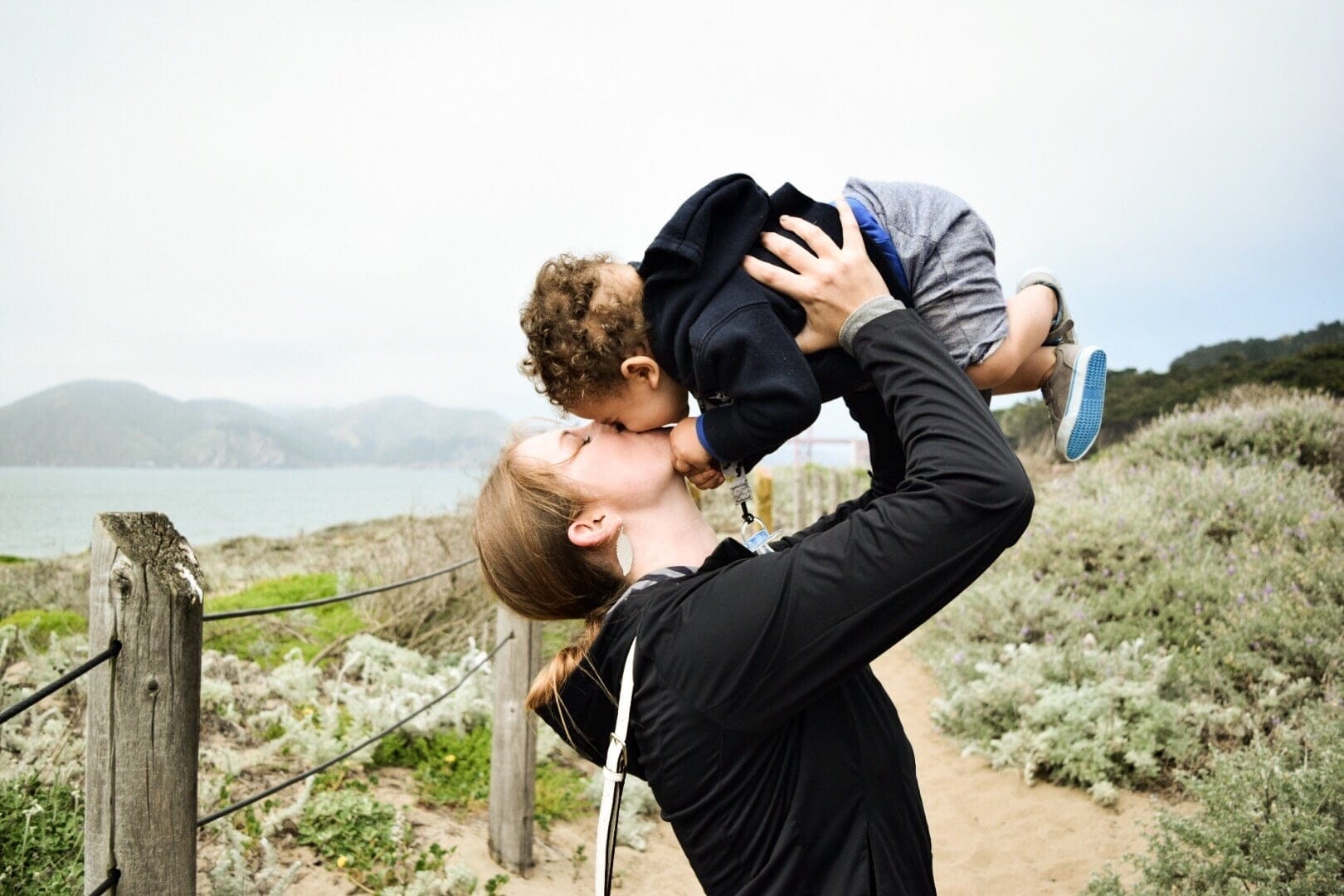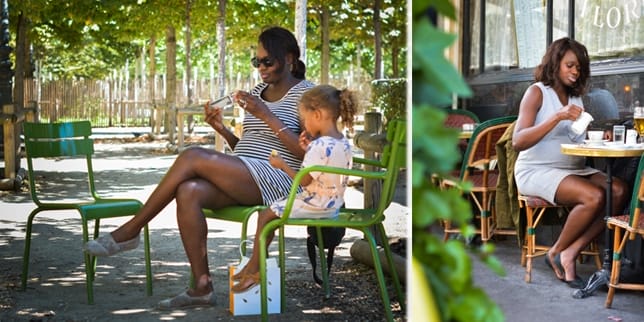11 sustainable habits trending on Pinterest right now
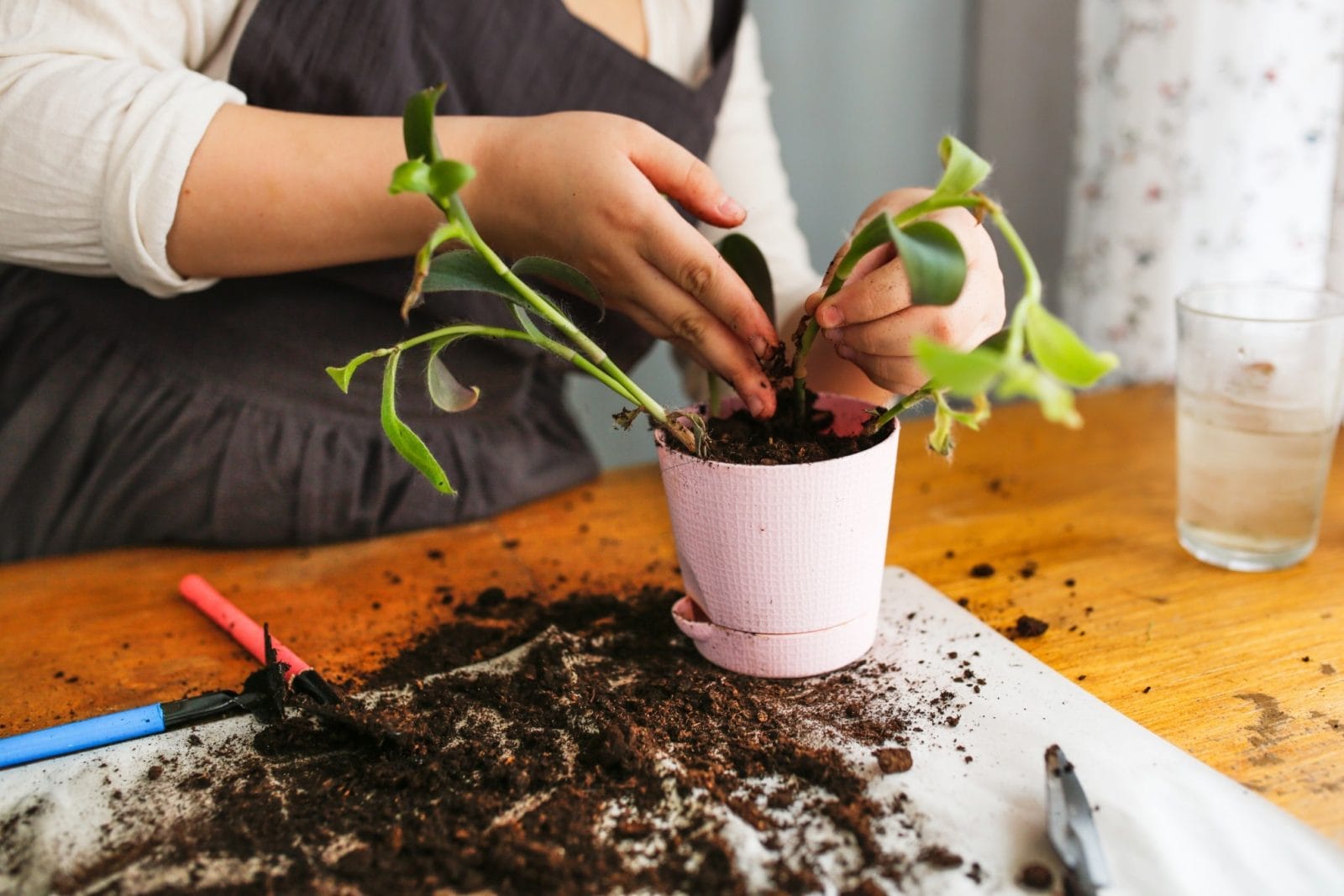
Small changes can make a big difference, mama.
Table of Contents
There’s no question that there’s a shift toward more conscious consumption these days. As mamas consider their family’s impact, we’re leaning into more sustainable products and keeping an eye on waste.
Naturally, this shift has made its presence on Pinterest, too. “We’re seeing a rise in people searching for sustainable and eco-friendly ideas across areas like travel, food, parenting and style,” says Swasti Sarna, Pinterest’s insight manager. “Given the state of the world environmentally and politically, Pinners, especially millennials and gen zers, want to feel like they are making an impact and driving change. Even if these are small everyday changes, it’s inspiring to see people work together to make a difference.”
Here are easy to try sustainable trends found on Pinterest that you can try out, mama:
1. Thrifting + donating
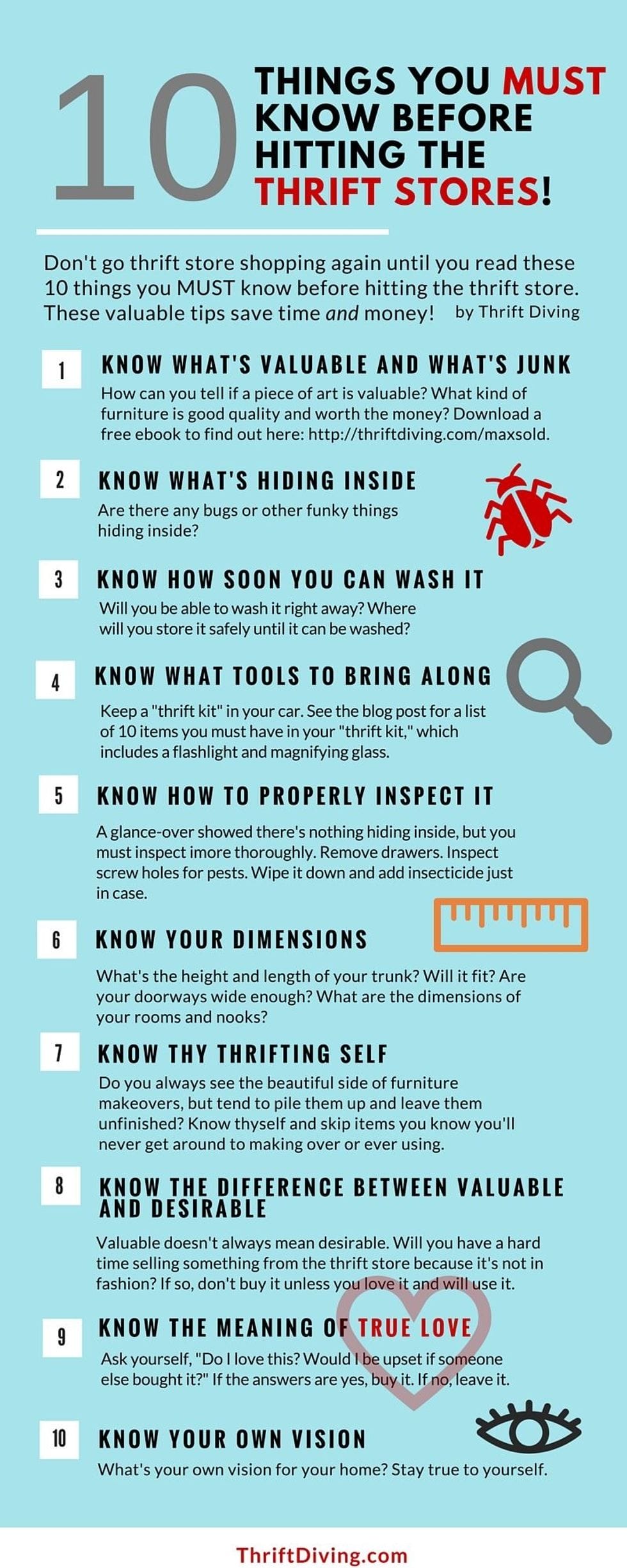
Ready for a wardrobe makeover? Before you shop at major retailers, look to your local thrift store for top trends you want to try. And if you’re looking to declutter your closet, donate items to local charities or others in need.
2. Make compost
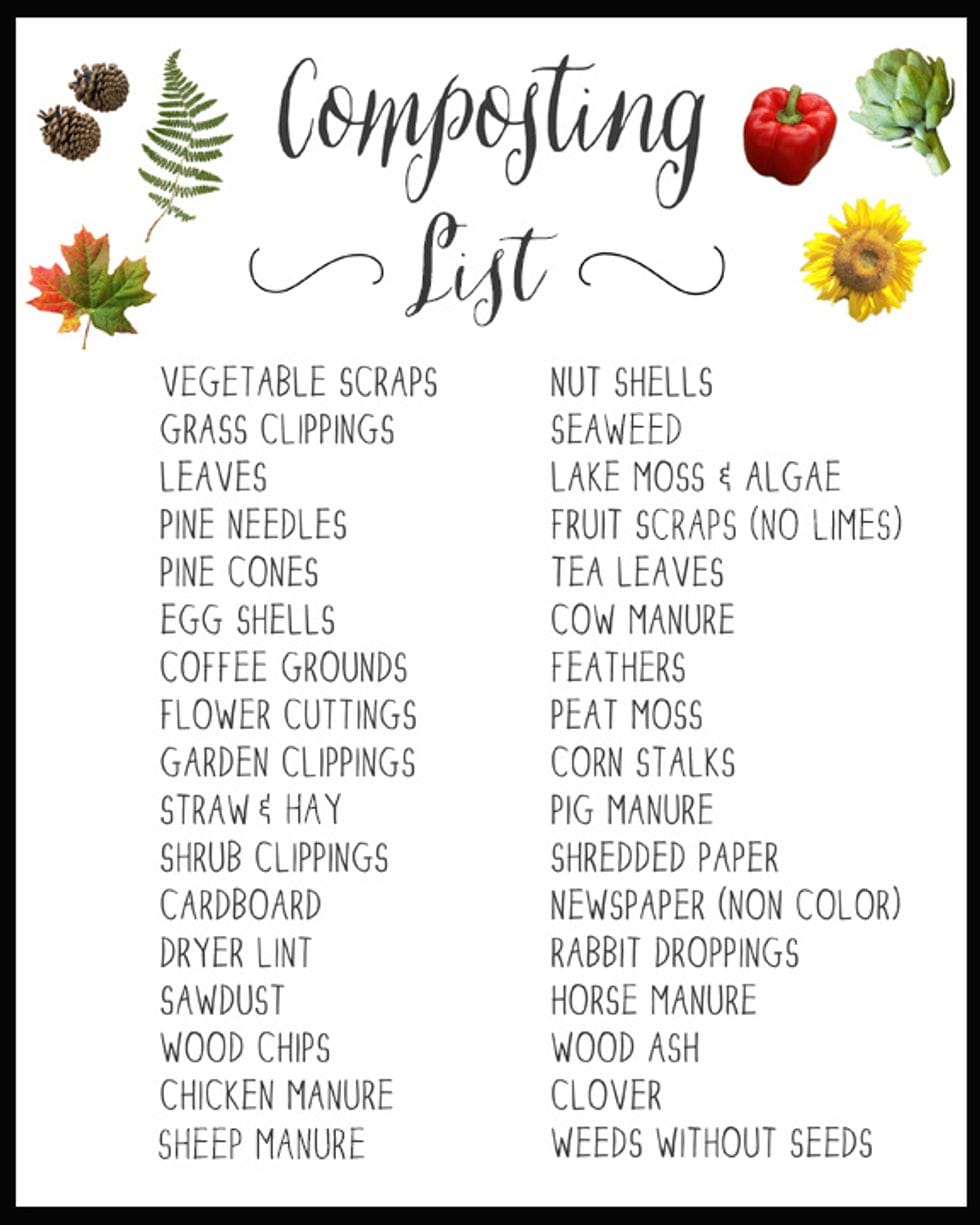
notjustahousewife.net
According to the United States Environmental Protection Agency, food scraps and yard waste currently make up more than 28 percent of what we throw away, and should be composted instead. Composting reduces methane emissions from landfills and lowers your carbon footprint.
3. Reduce plastic pollution

When trying to reduce plastic pollution, it’s important to minimize single-use plastics like plastic straws, bags, water bottles, food containers and coffee cups. If your new to this, start small and omit plastic items one at a time.
4. Start a garden

Starting a garden is not only better for the planet, but it can help you save money, too. Here are six steps to take to start a garden:
- Decide what to grow.
- Choose a area for your garden.
- Invest in basic garden tools.
- Test and prepare your soil.
- Plant with care.
- Water your garden.
5. Stop junk mail
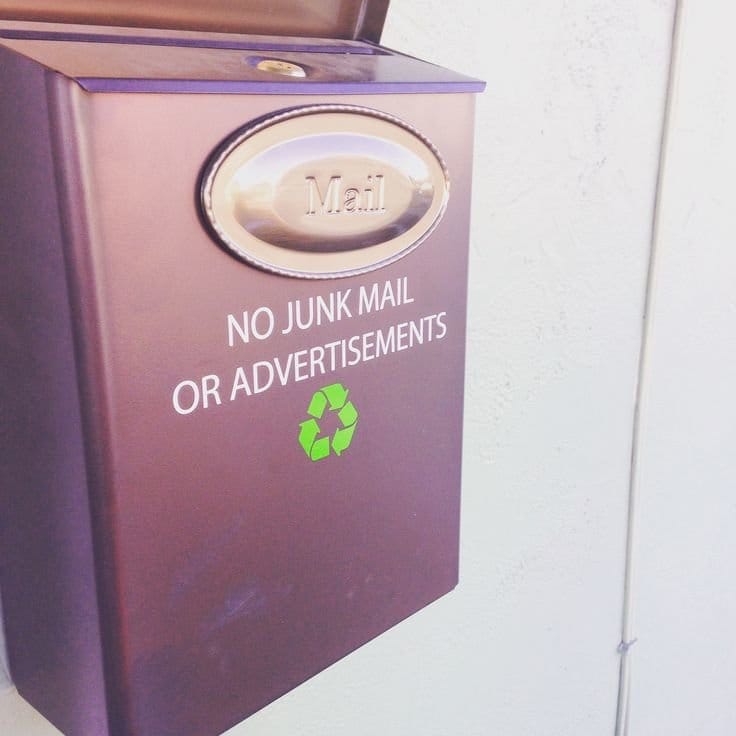
Junk mail is always annoying to receive—especially if you’ve never purchased from the local contractors and companies trying to get your business. Post a small sign on your mailbox (or somewhere nearby) to avoid unwanted advertisements. You can also unsubscribe from catalogs one at a time at catalogchoice.org.
6. Use sustainable home decor

Choosing the right home decor is always fun, but it can be difficult choosing something sustainable too. Look for items that are organically-grown, minimally-processed and are from brands that implement sustainable practices and materials.
Declutter

etsy.com
Minimalism is such a buzzword these days, but it’s important to be slow (and mindful) about decluttering. Create a list of things that are important to you and only keep items that made the cut. Everything else can be tossed or donated.
Make baby food
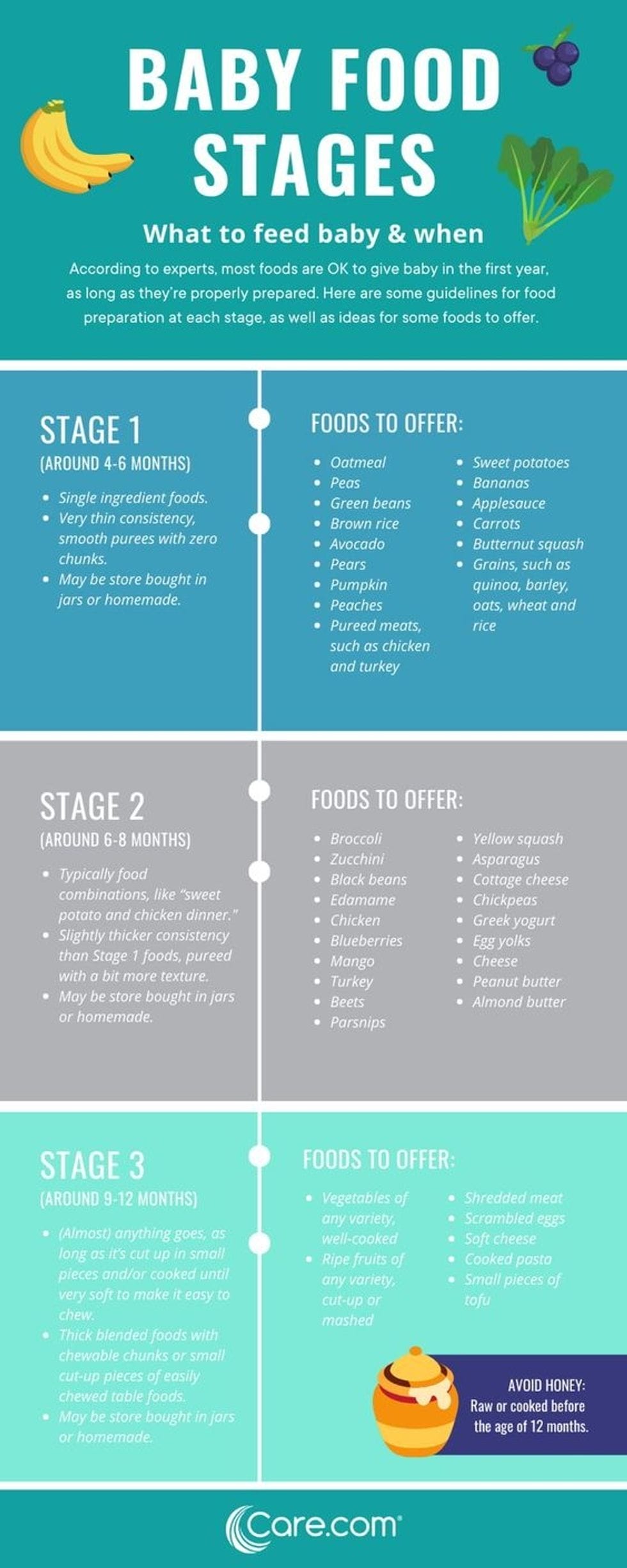
care.com
Buying pre-packaged foods isn’t exactly the best approach to sustainabilty. Because of this, many mamas opt to make their baby food. If you’re into this, remember to c reate a cooking schedule that works for you. Yes, it’s about palate training when they are very young, but you’re much more likely to stick with something if you enjoy it.
Create climate change posters

Ready to promote awareness on global warming, but not creative? Start by downloading a poster template on Canva. It’s free and you can customize it to say exactly what’s on your mind.
Grow trees
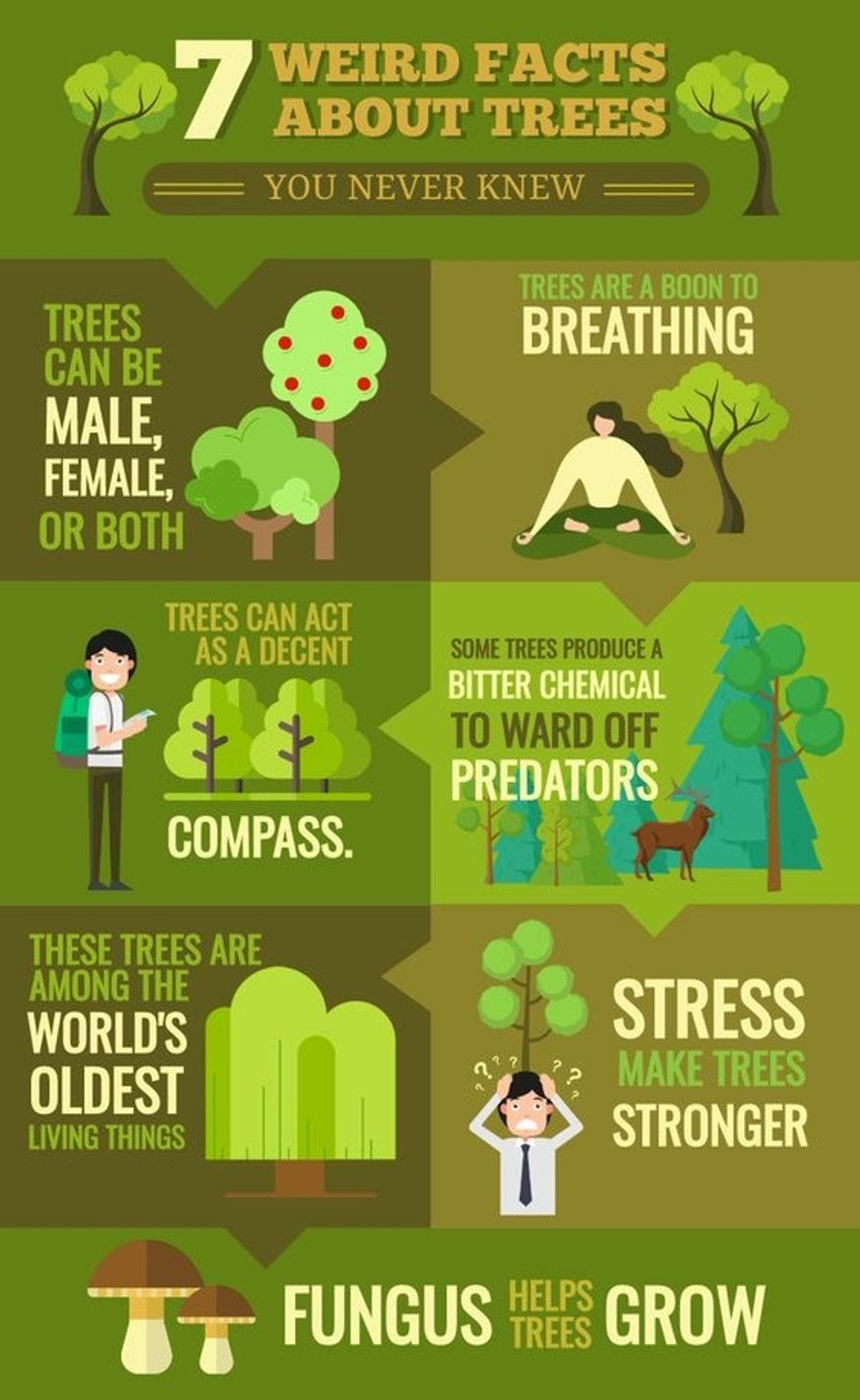
Trees are a crucial part of the environment. Studies suggest that in order to establish healthy and vibrant communities , trees need to be part of the global discussion. If you’d like to plat a tree, consider size, privacy, shade and tree type before getting started.
Reduce water consumption

According to the US Environmental protection agency, the average American family uses more than 300 gallons of water per day at home. Roughly 70 percent of this use occurs indoors. Do your part by fixing water leaks in your home, limiting dishwasher usage and wash only full loads of laundry.






